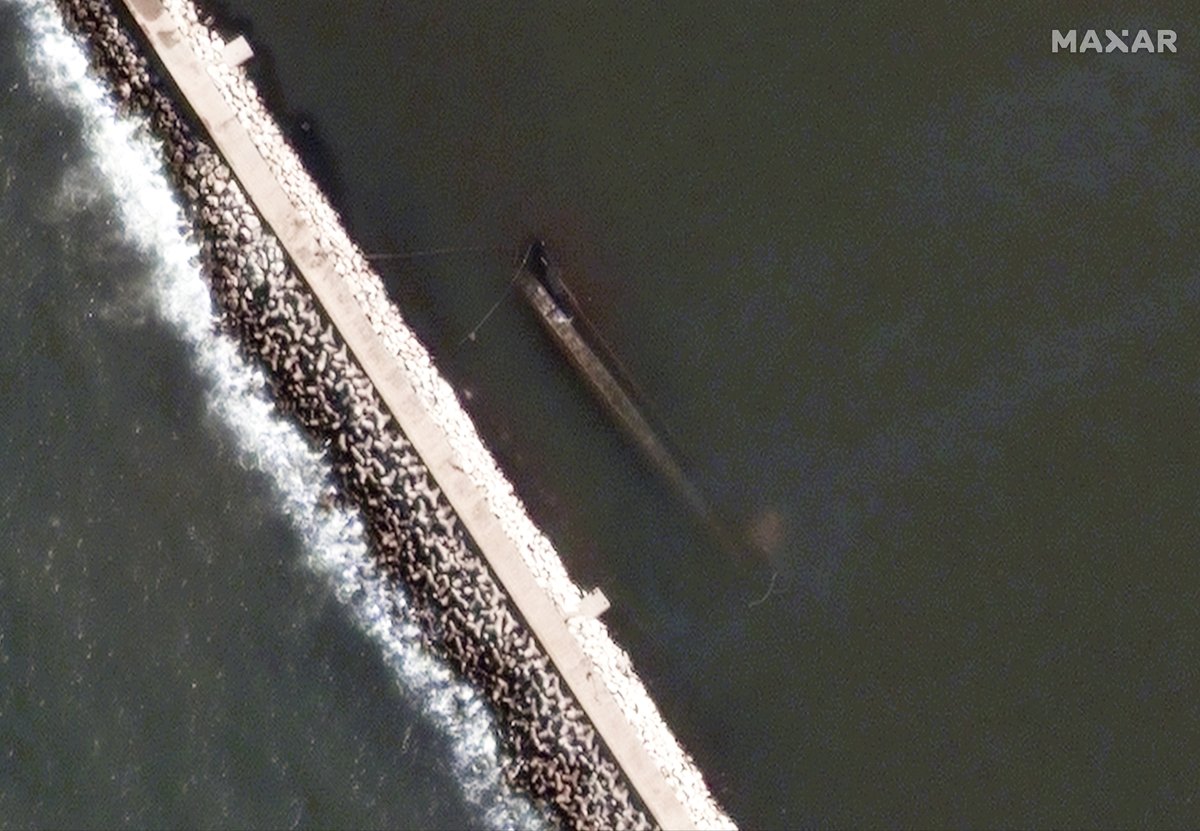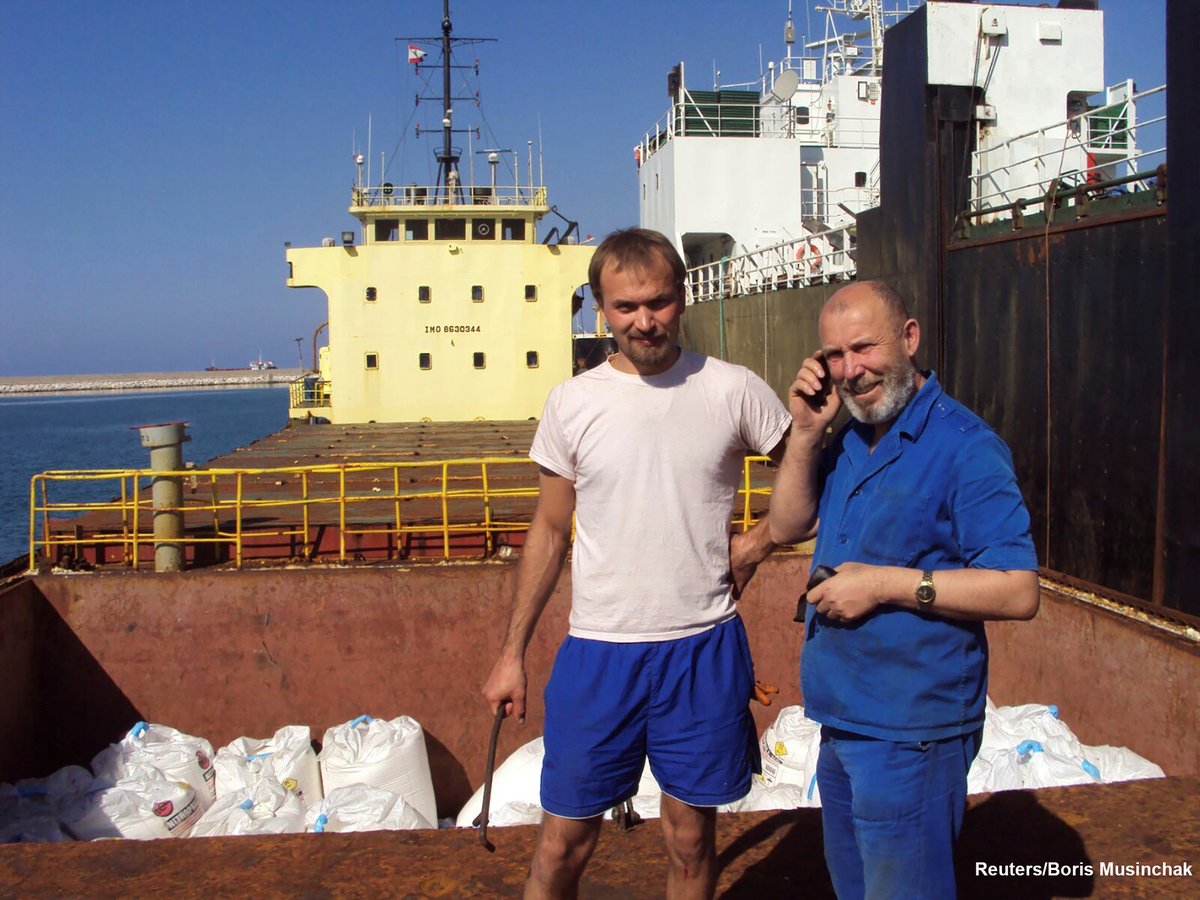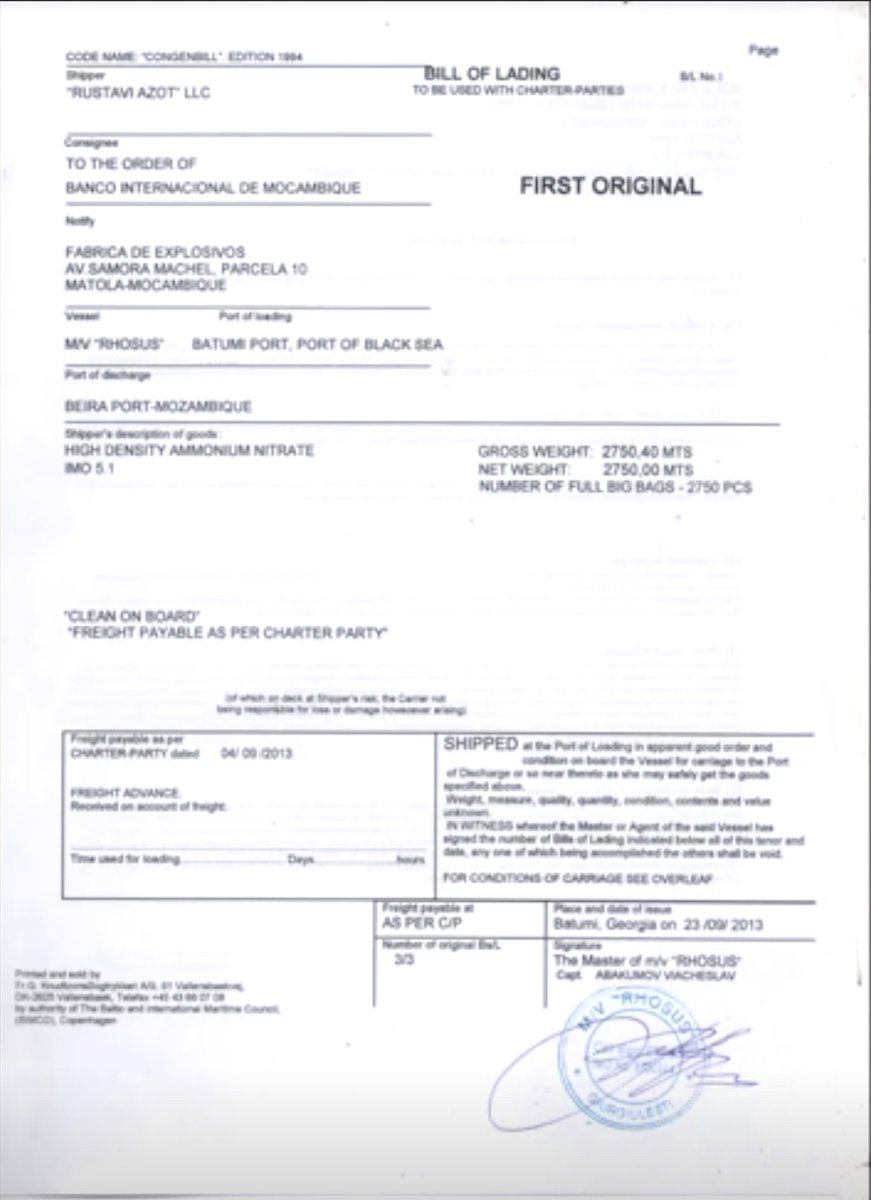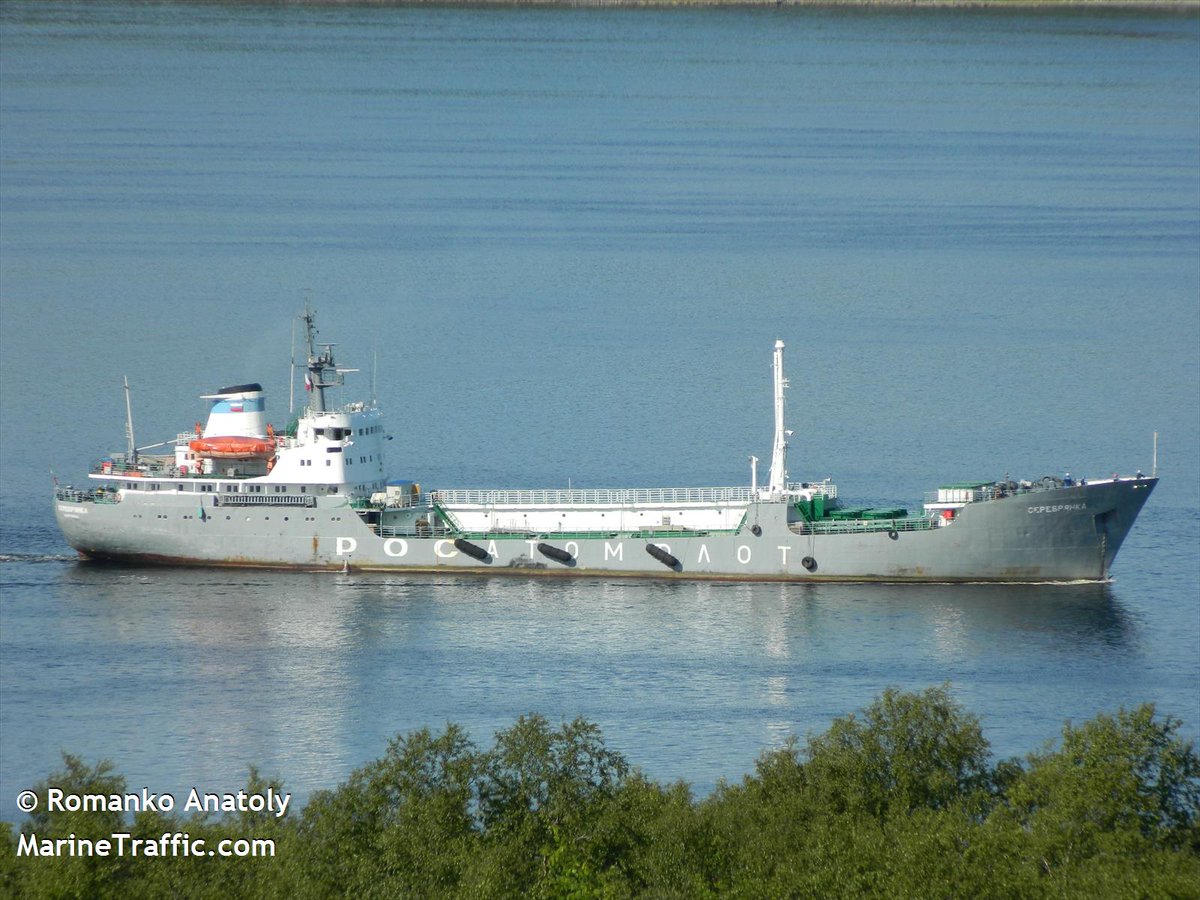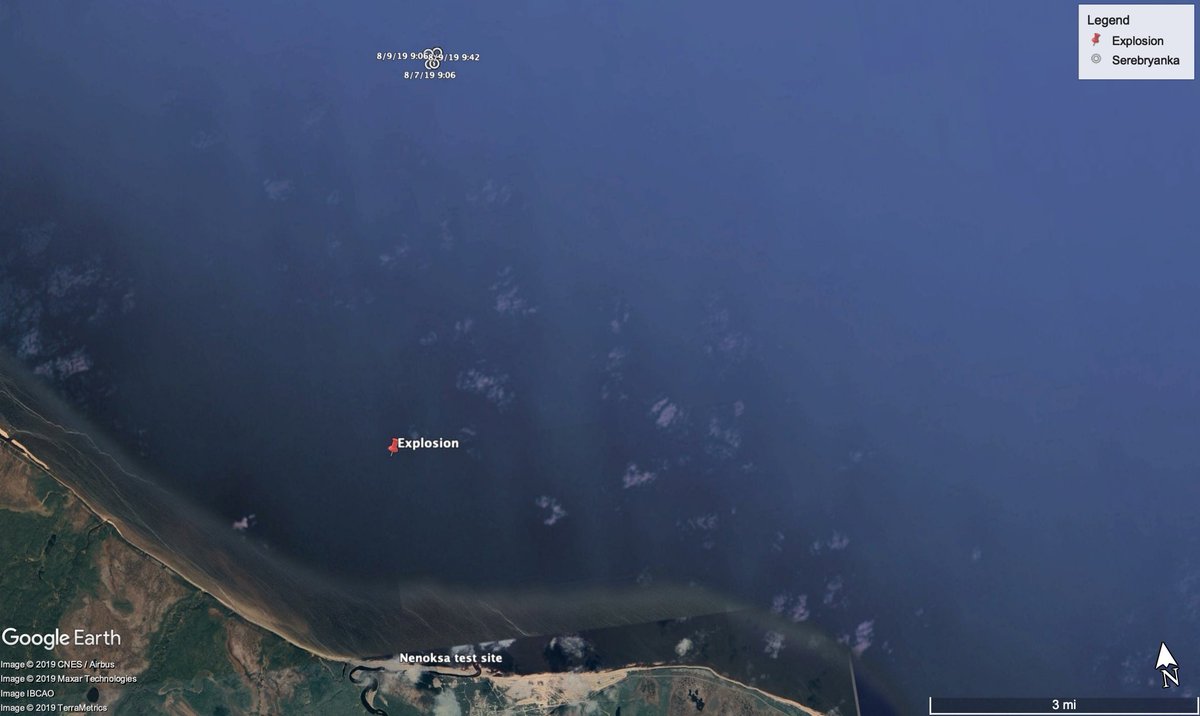
Where are the graves of Louisiana’s enslaved people? Our latest story combines historical maps, aerial photos & contemporary satellite images analyzed by @ForensicArchi with compelling field reporting to uncover hidden burial sites.
nytimes.com/video/us/10000…
nytimes.com/video/us/10000…
The maps allow us to go back in time. 19th century maps show cemeteries or other markings; aerial photos, starting in 1940, often show groves of trees in the same locations. Several of these landscape anomalies persist today, marking possible grave sites.
Today, that area is dominated by petrochemical companies, giving it the notorious nickname “cancer alley.” The continued industrialization of the former plantations is putting some of the possible burial sites at risk of destruction.
Here are examples of how some suspected burial sites look now.
Most importantly, @Alexandra_Eaton went to Louisiana to closely look at some of these concealed graves. She interviewed local residents and experts who track some of the cemeteries — and who fight to preserve them.
It’s not only the burial sites that some local residents are worried about. Sharon Lavigne, a local activist, says that a new plant could cause further harm to the predominantly Black community that lives nearby.
The new industrial site has become a flashpoint between the company and some residents.
washingtonpost.com/climate-enviro…
washingtonpost.com/climate-enviro…
Story, visuals and graphics by @Alexandra_Eaton, Victoria Simpson, Aaron Byrd, @sameenamin, Quincy G. Ledbetter, @therealDahliak @arielle_designs @solanapyne & more
nytimes.com/interactive/20…
nytimes.com/interactive/20…
More findings and research from @ForensicArchi can be found here:
forensic-architecture.org/investigation/…
forensic-architecture.org/investigation/…
• • •
Missing some Tweet in this thread? You can try to
force a refresh




